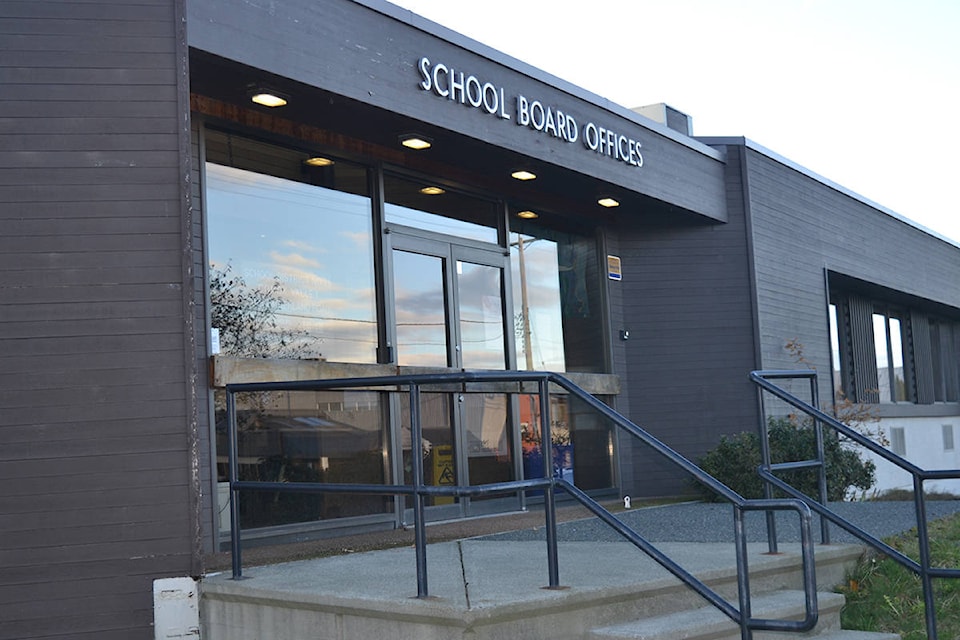It’s been just over a year since the Supreme Court of Canada ruled in favour of the British Columbia Teachers Federation (BCTF) in its longstanding court battle with the provincial government.
Delivered on Nov. 10, 2016, the Supreme Court’s ruling reinstated language into the BCTF’s collective agreement on class size limits and composition requirements — something that was taken away in 2002.
Teachers’ associations throughout B.C. celebrated the decision, which came after 16 years of steady cuts and funding shortages to school boards.
As a result of the landmark ruling, the provincial government reached an agreement with the BCTF in January 2017 to provide B.C.’s 60 school districts with an extra $50 million to hire more teachers for 2017–18.
But other than an influx of more than 60 teachers this year, how has the court decision affected schools in the Comox Valley?
Read More: Provincial teacher shortage will not affect Comox Valley schools
Nick Moore, the president of the Comox District Teachers’ Association (CDTA), says the Comox Valley’s schools have seen many positive impacts since the court decision. He cited smaller class sizes, a reduction in workload for secondary teachers, eight new teacher-librarian positions and millions more in funding than previous years.
Moore says the biggest issue the district has encountered since the court ruling is physical space.
“Because there are dozens of new classes all over the district, almost every school in the Comox Valley is quite full,” he said. “SD71 trustees will have to make some difficult decisions in the coming months to try to alleviate our space issues.”
Moore suggests those decisions could include adding more modular classrooms, (the district added three this fall, and will add three more in January 2018), changing district boundaries, reopening closed schools, or reorganizing the school district’s structure.
SD71 superintendent Dean Lindquist reiterated Moore’s comments.
“From my perspective, it’s been both really good and bad,” he said of last year’s court decision. “When you go into our schools, our class sizes are great. With smaller class sizes, teachers are able to spend more time with individual students. It’s done a great deal of support for children in the classroom.”
“[That said], our schools are full,” Lindquist continued. “We can’t find any more classrooms to free up so we are in a bit of a pickle. We’ve got three new modular classrooms coming in January. Any kind of growth next year, we’re gonna have to [find a solution].”
The 2016 court ruling also restored language in the BCTF’s collective agreement that sets minimums for the number of specialist teachers needed in specific categories.
SD71 did not see an increase in its number of learning support teachers, counsellors, speech/language pathologists or school psychologists. Moore said he’s hopeful that SD71 will find a way to increase the number of specialist teachers in the future.
“Our specialist teachers are struggling because their caseloads are impossibly high and they just don’t have time to effectively teach and assess their students,” he said.
The current collective agreement expires in June 2019.
